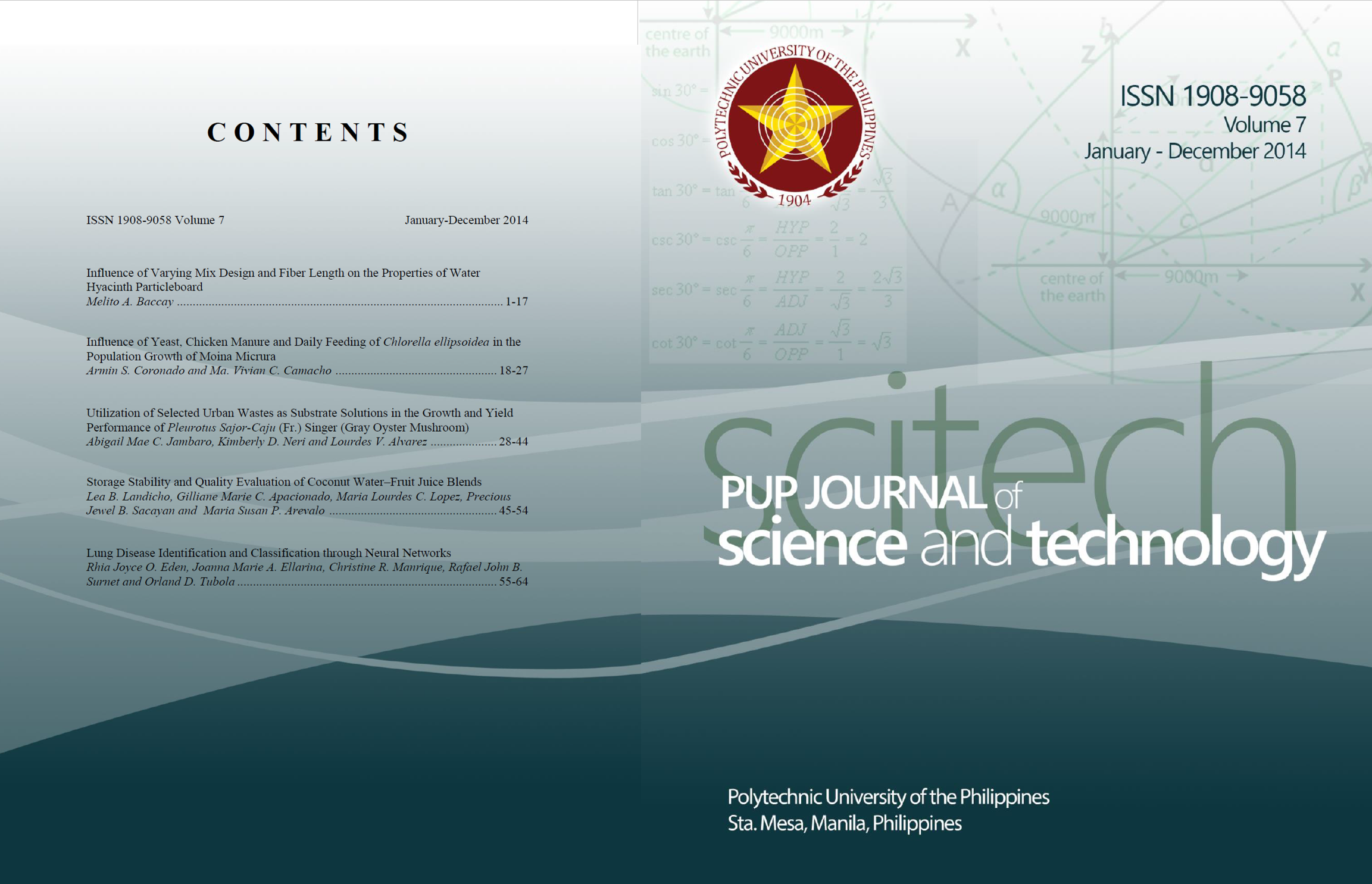Lung Disease Identification and Classification Through Neural Networks
DOI:
https://doi.org/10.70922/rkqzq411Abstract
Public hospitals lack attending doctors who can interpret X-ray films thus, making patients wait for long hours just to get the test results. This study uses Neural Networks in identifying and classifying lung diseases based on X-ray image samples. The network can make the process of recognizing the disease faster, and doctors can just verify the result that the system has given. The chest X-ray samples were gathered from different hospitals around Metro Manila. These image samples were resized and had undergone image processing. Ten distinct points were acquired from each image using the Principal Component Analysis. All the points obtained from the images were placed in a single mat file. This mat file acts as the input data for the training of the Neural Network in the MatLab software. There are two hidden layers and has 10 neurons for each. The network type used is Feed-forward, Levenberg-Marquardt back-propagation with trainlm as the training function. The adaption learning function and performance function used are learngdm and Mean Square Error (MSE), respectively. The Neural Network training state, performance and regression were shown. From the total of 206 inputs, 186 of those were correctly classified according to their disease. The Pleural Effusion has the highest accuracy with 94.87% and the Normal has the lowest with 79.31%.
Downloads
References
American Lung Association. 2008. Retrieved from Lung Disease Data: 2008: www.lungusa.org
World Health Organization. 2008. Retrieved from www.who.int
RadiologyInfo.org. 2014. Retrieved August 31, 2014, from Radiological Society of North America, Inc. (RSNA): http://www.radiologyinfo.org/en/info.cfm?pg=chestrad
Barúa, M., and H. Nazeran. 2004. Classification of Pulmonary Diseases Based on Impulse Oscillometric Measurements of Lung Function Using Neural Networks.
Gunasundari, S., and S. Baskar. 2009. Application of Artificial Neural Network in identification of.
Lakshmi, D. 2013. Comparison of Texture Analysis in the differentiation of Carcinoma from Other Lung Abnormalities Using Low-Dose CT Images.
Liang, T., and T. Toshiyuki. 2006. Automated Extraction and Diagnosis of Lung Emphysema from Lung CT.
Malathi, A., and A. Santra. 2012. Diagnosis of Lung Cancer Disease using Neuro-Fuzzy
Logic.
Mayo Foundation for Medical Education and Research. (n.d.). Retrieved 2014, from Mayo Clinic: http://www.mayoclinic.org
Rubins, J. (n.d.). Medscape. Retrieved 2014 from Medscape: http://www.emedicine.medscape.com
Tadashi, K. and U. Junji. 2011. Medical Image Diagnosis of Lung Cancer by Revised GMDH-type Neural Network Using Heuristic Self-Organization.
Vinod, K. and S. Anil. 2013. Detection system for lung cancer based on neural network: X-Ray validation performance.
Downloads
Published
Issue
Section
License
Copyright (c) 2015 PUP Journal of Science and Technology

This work is licensed under a Creative Commons Attribution-NonCommercial 4.0 International License.







